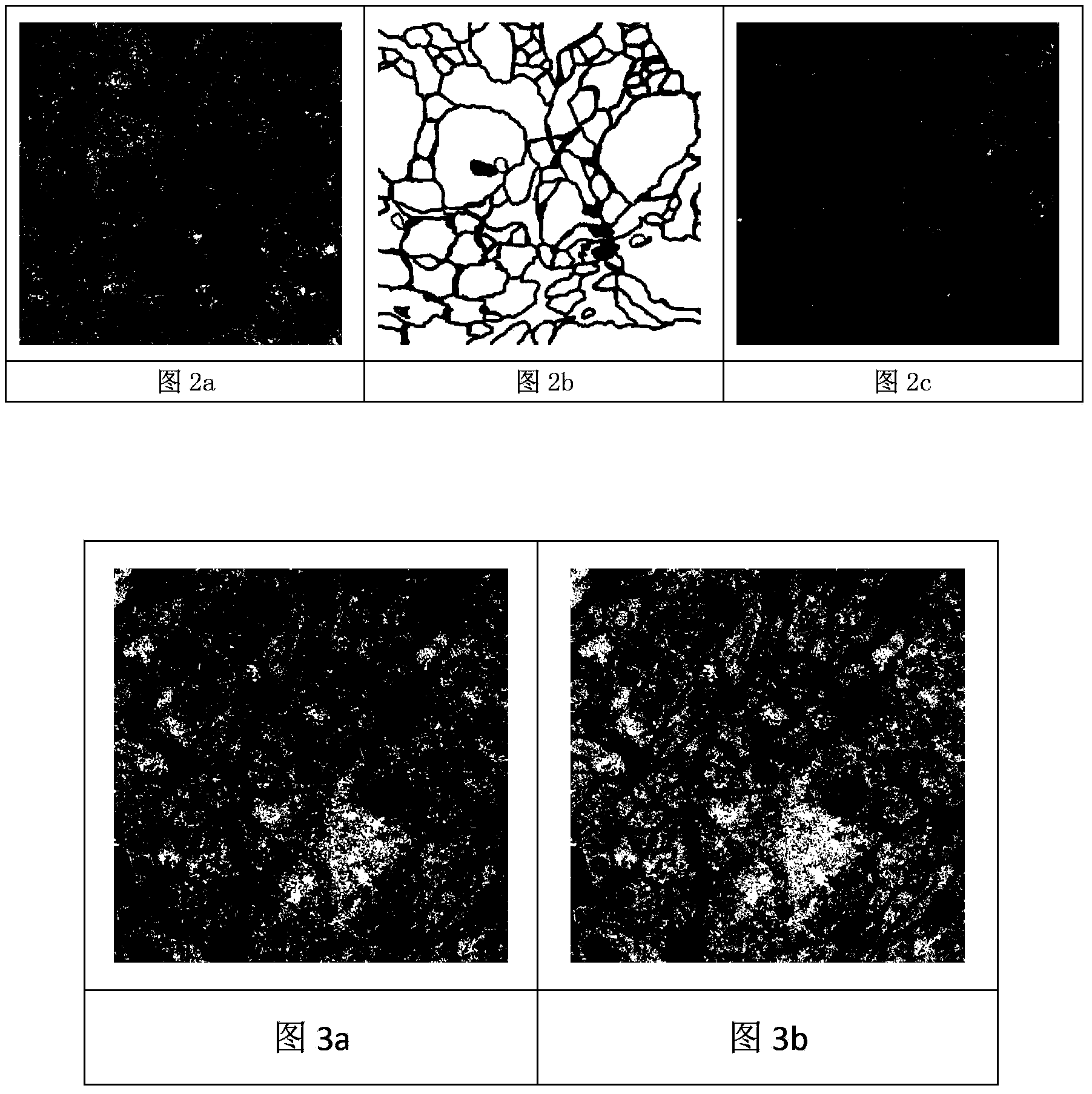Cell image segmentation method based on automatic feature learning
A technology of feature learning and image segmentation, applied in the field of biomedical image segmentation, can solve the problems of limiting the application of traditional methods, lack of portability, etc., and achieve the effect of improving accuracy and robustness
- Summary
- Abstract
- Description
- Claims
- Application Information
AI Technical Summary
Problems solved by technology
Method used
Image
Examples
Embodiment Construction
[0033] The present invention will be further described below in conjunction with the accompanying drawings and embodiments.
[0034] Take the Drosophila nerve cell image as an example:
[0035] The data sets used in the present invention are two databases obtained from Drosophila nerve cell images observed with an electron microscope, and each database includes 30 original images. One of the databases is used as the training set and the other as the testing set. The training set provides raw images and corresponding expert hand-segmented results. (Example images of datasets like Figure 2a-Figure 2c )
[0036] The technical framework of the present invention is as figure 1 shown.
[0037] 1. Pretreatment
[0038] Because there are uneven gray levels and more noise in the original cell image, the original image should be preprocessed first. The preprocessing used in the present invention is to use histogram equalization and Gaussian filter technology to realize image enh...
PUM
 Login to View More
Login to View More Abstract
Description
Claims
Application Information
 Login to View More
Login to View More - R&D
- Intellectual Property
- Life Sciences
- Materials
- Tech Scout
- Unparalleled Data Quality
- Higher Quality Content
- 60% Fewer Hallucinations
Browse by: Latest US Patents, China's latest patents, Technical Efficacy Thesaurus, Application Domain, Technology Topic, Popular Technical Reports.
© 2025 PatSnap. All rights reserved.Legal|Privacy policy|Modern Slavery Act Transparency Statement|Sitemap|About US| Contact US: help@patsnap.com



